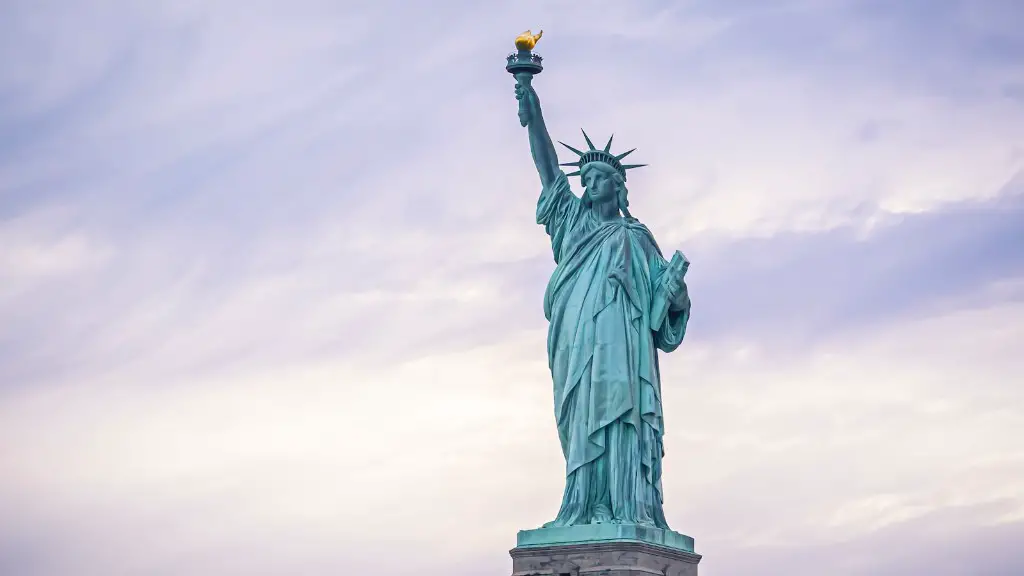Climbing Kilimanjaro is no easy feat. At 19,341 feet, it is the highest mountain in Africa and one of the most challenging climbs in the world. For those who manage to make the summit, the rewards are immense. But the journey to the top is long and difficult, requiring careful preparation and planning.
Kilimanjaro is located in Tanzania, just south of the equator. Its slopes rise from tropical jungles to the highest point on the continent, the Kibo peak. The ascent to the summit is divided into five phases, each containing its own unique variety of challenges. The most difficult are the rocky terrain and high altitudes of the upper reaches of the mountain, which can increase the risk of altitude sickness and pose other physical difficulties.
Preserving one’s strength and maximizing efficiency on the climb is important, as it can take between five and nine days to summit Kilimanjaro. Completing the climb requires stamina, perseverance and an ability to adapt to the extreme conditions. To ensure success, climbers must be patient with the pace of their ascent and take rest days when necessary. Adequate hydration, nutrition and acclimation to the high altitude are also essential.
Though some may find the climb daunting, many travelers find that the physical challenge is only part of the experience. Kilimanjaro has its own unique ecosystem, featuring a range of spectacular natural attractions as climbers make their way up the mountain. From massive glaciers to ancient rainforests to breathtaking views from the summit, it is an awe-inspiring adventure from start to finish.
With the right preparation and equipment, climbers of all ages and levels of experience can attempt and complete Kilimanjaro. Those who have done it before will tell you that the experience is well worth the effort. It is the kind of adventure that will stay with you for the rest of your life.
Altitude Sickness
Altitude sickness, also known as acute mountain sickness (AMS), occurs when climbers ascend too rapidly and their bodies cannot adjust to the decrease in oxygen. Symptoms usually begin at altitude greater than 8,000 feet and can include headaches, nausea, lightheadedness and difficulty breathing. Severity of symptoms varies and can become life-threatening at higher elevations.
Though there is no absolute prevention for altitude sickness, taking gradual acclimatization measures before, during and after the climb can reduce the risk. Such measures include limiting the rate of ascent, drinking plenty of water and taking medication if necessary. Acclimation may involve taking a few extra rest days to allow the body to adjust to the ever-changing environment.
It is important to recognize the symptoms of AMS, as the condition can get worse without proper medical attention. For this reason, Kilimanjaro climbers are typically accompanied by experienced guides who are trained to help travelers manage the physical and mental strain of the ascent.
Climbing Gear and Preparation
Climbing Kilimanjaro requires the proper equipment and preparation. Clothing should be layered so that hikers can adjust to the changing environment they will encounter on the mountain. Thermal long johns, waterproof jackets, trekking boots, gloves, hats and sun protection should be packed carefully to ensure comfort and safety.
Having the right gear is only half the battle, however. Physical and mental preparation is also essential to summit Kilimanjaro successfully. Climbers should gradually increase their exercise regimen leading up to the climb, allowing their bodies to adjust to the strenuous activity they will be undertaking. It is also important to get plenty of rest beforehand, as sleep deprivation can increase the risk of altitude sickness.
Travelers should also be prepared to take necessary safety precautions to protect themselves and their fellow climbers. This includes practice with the proper use of mountaineering gear and familiarizing oneself with the rescue procedures in the event of an emergency.
Climate and Weather
Conditions on Kilimanjaro can change rapidly and unexpectedly, so climbers should be aware of the potential for extreme weather. The mountain’s warmer months, between December and March, offer the clearest skies and the least chance of snow. However, the temperature can drop drastically at night, especially during the dry season in July and August.
Rainfall is generally highest in April, May and November, so climbers should be prepared with waterproof clothing to protect themselves from the cold, wet conditions. Travelers should also keep in mind that higher elevations tend to be more windy. Therefore, they should pack clothing and protective gear that can help shield them from the elements.
Cost and Booking
Climbing Kilimanjaro can be an expensive endeavor, but there are a number of cost-saving measures to help reduce the total cost. Joining an organized tour is one way to reduce the price, as these packages typically include meals, accommodations, guide fees and all necessary equipment. For those traveling independently, itinerary planning and budgeting are essential in keeping costs low.
In addition to the cost of the trip itself, travelers should also budget for any travel expenses such as flights, visas, transport and insurance. Booking transportation between airports and the trailhead is also necessary in order to reach the mountain safely and on time.
Before booking a trip, travelers should research the best time to climb Kilimanjaro and compare different tour packages and prices. They should also read reviews from former climbers to get an idea of the quality of service provided by the tour operators.
Conclusion
Climbing Kilimanjaro is an amazing adventure that can be enjoyed by adventurers of all ages and experience levels. But before setting out, climbers must be sure to prepare for the journey that lies ahead. From gathering the necessary supplies and equipment to researching the cost and booking a tour, there are a number of measures to be taken in order to ensure a safe and successful ascent.

